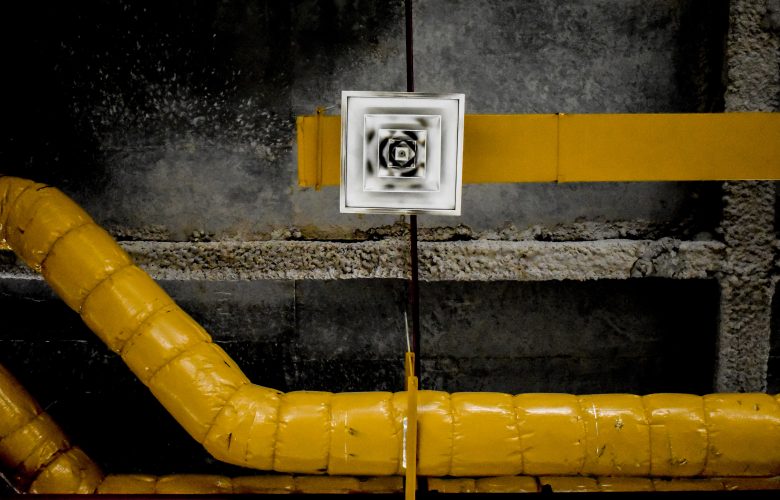Did you know that ineffective duct sealing can cause up to 40% of conditioned air loses? If your duct systems are not well sealed, then a significant amount of the air you have paid to cool will escape through the duct seals. It is essential to regularly check the seals on your ducts, usually done during inspections of the HVAC system, and identify any leaks in need of repair or upgrades that can improve your air duct seals.
Less Electricity Consumption
When conditioned air is lost, your HVAC system has to work harder to maintain the desired temperature of the house. Ultimately, it will end up running longer and more often, which will translate to higher electricity bills. A fantastic way to reduce your monthly energy costs is to ensure that your air ducts are adequately sealed.
Improved Performance
Similarly, if your HVAC system is having to work harder to maintain the desired temperature, it may fail to cool or heat your home effectively. An excellent first step is to have your air ducts inspected. They may be the root cause of your issue. You may be surprised that resealing the air ducts is enough to give you the desired HVAC performance.
Safer and Comfortable Home
Leaking air ducts can cause far more problems than a higher electricity bill or more fights with the HVAC to get the desired temperature. These leaks can affect the quality of the air inside your house, introducing pollens, dust, and other allergens that can create sicknesses and increase the amount of time you and your family spend feeling unwell.
How Duct Sealing Is Done
To upgrade sealing, one must both know the location and damage level of the ducts in question. This allows an educated decision determining if this is a DIY or professional task.
There are three common types of sealants, and it essential that you purchase the correct one for your job. Sheet metal, flexible duct, and fiberglass duct board are all common and more effective then duct tape, which do not work as effectively. Clean the area of the duct where the sealant is applied. Ensure that it is dry before applying it directly to the duct. Mastic and fiberglass mesh tapes can be used to complete this process.
Precautions
- Ensure the home is safe before you start sealing the ducts by inspecting the HVAC system and the house in general.
- Install a carbon monoxide monitor for homes with either gas appliances, attached garage, or both.
- Make use of the proper protective equipment like safety glasses and respirators to ensure your safety.
If you are unsure about anything. If you encounter any problems while inspecting or sealing your ducts, you should always call an expert. They have the training and skills to not only help you with the process but to also ensure that nothing will void your HVAC warranty.
